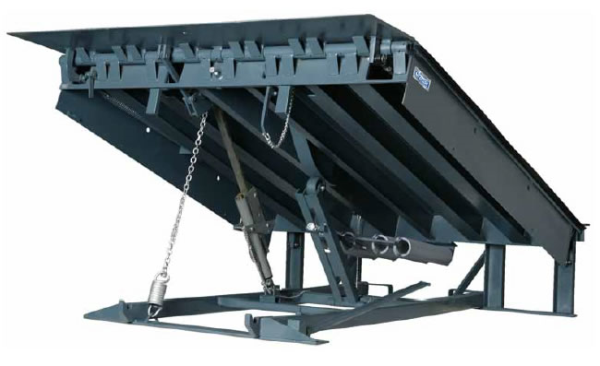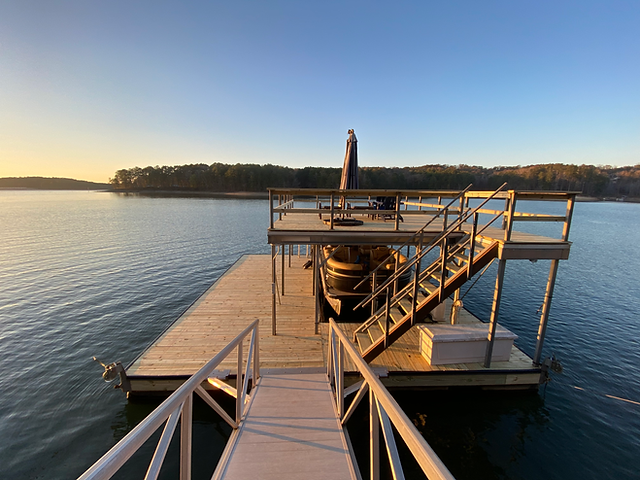Common Concerns That Bring About Costly Dock Repairs
Efficient Dock Repair Work Techniques: Making Sure Architectural Honesty
Making certain the architectural stability of anchors via reliable fixing strategies is paramount for the longevity and safety of marine facilities. This entails a multi-faceted method starting with extensive evaluations making use of innovative modern technologies like sonar equipment and from another location operated cars (ROVs) to spot both visible and hid damages. Ultimately, choosing the best repair work products, such as composite materials and corrosion-resistant alloys, is vital for toughness. Architectural reinforcement approaches, consisting of the implementation of cross-bracing systems and load-distribution plates, play an essential function in mitigating stress factors. The relevance of these techniques comes to be apparent when discovering sophisticated fixing techniques and preventative upkeep methods.
Examining Dock Damage
Assessing dock damages is a vital very first step in guaranteeing the architectural stability and security of any type of docking facility. This first evaluation includes an extensive inspection to determine both visible and concealed damages. Secret facets to take a look at consist of the dock's foundation, pilings, outdoor decking, and hardware. Each component has to be inspected for indications of wear, rot, deterioration, or other types of destruction that might endanger the architectural honesty.
Structural designers or certified inspectors generally carry out these evaluations utilizing specialized devices and techniques. For example, underwater evaluations could use sonar devices or remotely operated cars (ROVs) to find immersed damages. Over water, aesthetic examinations are enhanced by utilizing moisture meters and various other diagnostic tools to reveal underlying problems not immediately noticeable to the naked eye.

Finding Repair Work Products
Choosing the suitable repair products is an essential step in the dock restoration procedure, one that straight affects the long life and efficiency of the repaired structure. Material choice must be driven by factors such as environmental conditions, load-bearing requirements, and compatibility with existing dock elements.
In addition to wood, composite products are increasingly preferred as a result of their resilience and reduced upkeep needs. Composites, generally made from a mix of plastic and wood fibers, use excellent resistance to rot, pests, and UV damages. For metal anchors, picking corrosion-resistant alloys such as galvanized steel or marine-grade light weight aluminum is necessary to avoid corrosion and make sure architectural honesty in saline water problems.
Epoxy resins and marine-grade sealants are crucial for fixing cracks and sealing joints, supplying a water-proof barrier and enhancing the dock's general toughness. By meticulously selecting top notch products, dock repairs can achieve lasting results, consequently guarding versus future degradation and ensuring safe, reputable usage.
Architectural Support Strategies
Reliable architectural reinforcement techniques are crucial in guaranteeing the security and durability of dock repair services. One fundamental approach entails using steel or composite reinforcement bars (rebar) within concrete frameworks. Rebar gives additional tensile strength, preventing cracks and distributing lots more evenly. This method is particularly effective for docks revealed to hefty lots or rough ecological problems.
Another crucial strategy is the application of fiber-reinforced polymers (FRP) These products use high strength-to-weight ratios and exceptional resistance to rust, making them optimal for strengthening concrete or wooden anchors. FRP can be applied in strips or sheets and bound with epoxy materials to improve structural honesty.
Supporting and anchoring systems also play an essential duty in architectural reinforcement. Cross-bracing, making use of metal or wooden light beams, can combat lateral pressures, reducing guiding and motion. Anchoring systems, such as helical piers or driven stacks, offer a secure structure by transferring tons to deeper, a lot more steady soil layers.
Last but not least, the assimilation of load-distribution plates can assist disperse weight much more equally across the dock's surface area, reducing local stress factors. These strategies collectively make certain that docks stay risk-free and durable, with the ability of standing up to the roughness of their operational atmosphere.
Advanced Fixing Techniques

One more sophisticated method includes underwater welding, which enables repair work to be carried out without the need to dewater the area. This approach is specifically useful for addressing architectural concerns in immersed dock elements, guaranteeing minimal disruption to procedures. Boosted welding methods, coupled with robotic systems, supply accuracy and dependability, thus extending the lifespan of the dock.
In addition, cathodic security systems are executed to avoid corrosion in metal dock structures. By utilizing sacrificial anodes or impressed existing systems, these methods efficiently mitigate the electrochemical procedures that cause material damage.
Finally, advanced surveillance innovations, such as structural wellness surveillance (SHM) systems, offer real-time data on the problem of dock structures. These systems make it possible for proactive upkeep and timely treatments, eventually guaranteeing the lasting architectural integrity of the dock.
Upkeep and Prevention
Upkeep and avoidance are fundamental principles that underpin the durability and safety and security of dock structures. Normal assessments are paramount, enabling very early discovery of damage, possible weaknesses, and environmental impacts. A positive technique, entailing regular checks for corrosion, rot, and architectural shifts, alleviates pricey repair work and extends the dock's functional life.
Safety nets should include using safety finishings to steel components to protect versus corrosion and making use of treated wood to withstand degeneration. In addition, guaranteeing appropriate water drainage and air flow can prevent water build-up, which is a typical reason for architectural destruction. Incorporating high quality products and sticking to supplier standards throughout construction and repair work phases likewise play critical duties in boosting resilience.

Training employees in dock upkeep finest practices ensures consistent application of preventative procedures. Leveraging technological advancements, such as drones for view it now inspections and sensing units for real-time surveillance, can additionally improve maintenance efforts. By focusing on upkeep and i was reading this avoidance, dock owners can guarantee structural stability, operational safety, and affordable monitoring over the dock's life-span.
Final Thought
Finally, keeping the structural honesty of marine facilities demands comprehensive dock repair service techniques. Comprehensive evaluations utilizing sophisticated tools reveal both visible and concealed problems, while the choice of ideal repair service products improves durability. Carrying out structural reinforcement approaches addresses tension factors effectively. Advanced repair service strategies, combined with normal upkeep methods, make sure the dock remains operational and risk-free under varied ecological conditions. Embracing these approaches considerably extends the life-span and functionality of marine facilities.
Ensuring the structural stability of anchors via reliable repair techniques is critical for the durability and safety and security of marine facilities.Selecting the suitable repair work products is a crucial step in the dock remediation procedure, one that straight affects the long life and efficiency of the fixed framework.Reliable architectural support techniques are crucial in making sure the security and durability of dock repair work. By prioritizing maintenance and prevention, dock owners can guarantee structural integrity, operational safety, and cost-effective management over the dock's lifespan.
In conclusion, maintaining the architectural stability of marine facilities necessitates comprehensive dock fixing strategies.